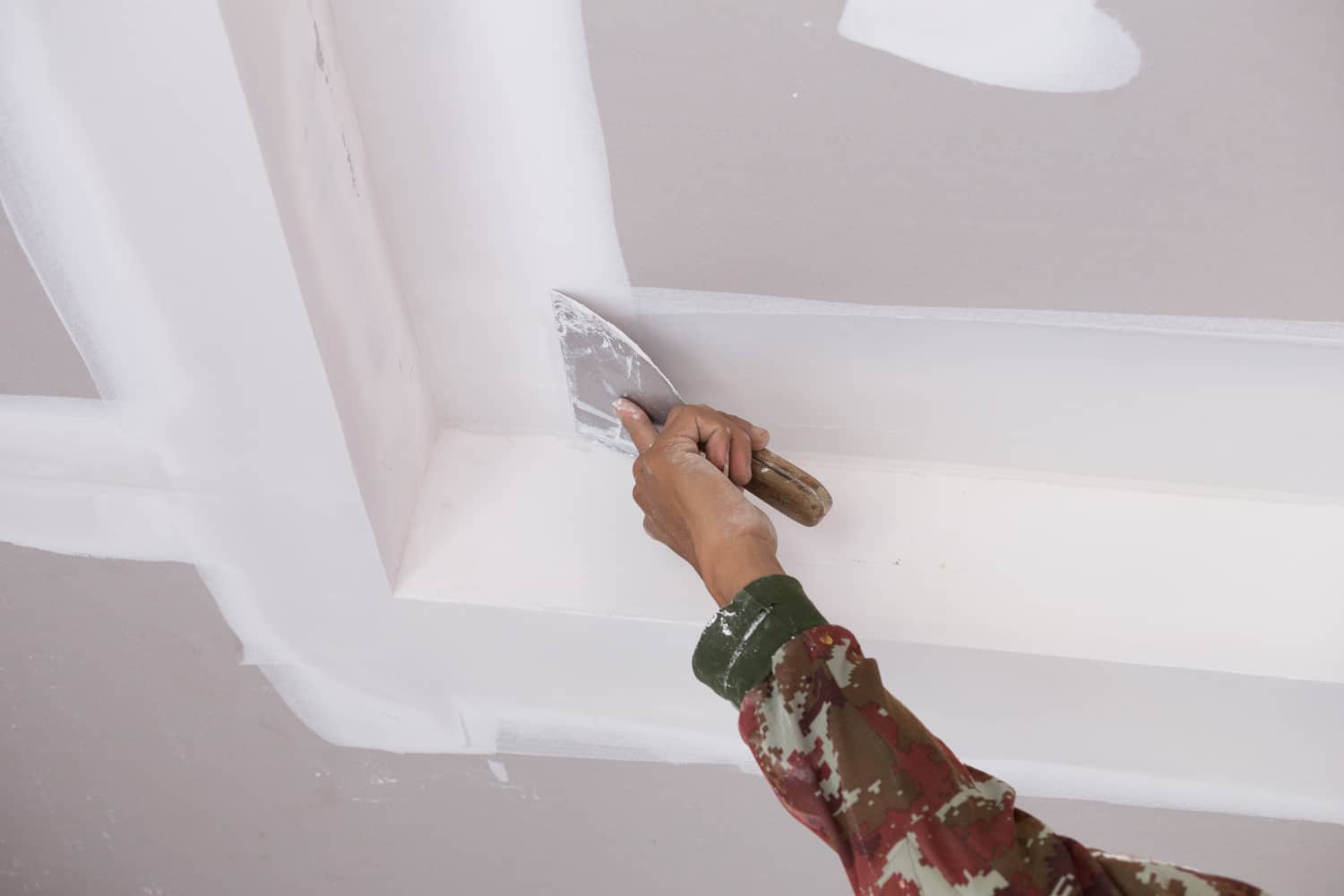Stucco plaster is durable, but it can develop issues over time. Here’s how we fix them:
✔ Cracks – Small cracks can spread if ignored. We seal and reinforce them to prevent further damage.
✔ Water Damage – Moisture leads to mold and crumbling stucco. We remove damaged areas, apply waterproofing, and restore the surface.
✔ Peeling & Flaking – Caused by poor adhesion or weather exposure. We reapply and seal for a smooth finish.
Need expert repairs? Contact us today!
Blended cement is a cement mixture that contains both Portland cement and plasters.
It is considered an ideal substitute for ordinary cement because of its high performance & better durability. It also helps reduce global climate by lowering greenhouse gas emissions and energy consumption by up to 30%.
Too much water can crack the plaster, while too little will make it difficult to spread and set properly. Add water in small quantities until you reach a thick plaster mixture with perfect consistency.
Before you begin plastering, wet the surface with a damp cloth or sponge. This allows the plaster to stick better and create a more even finish while giving a sleek look.
Never use any metal tools or equipment when applying plaster. Metal tends to cause corrosion, leading to cracking and damage to the plaster. Instead, opt for wood or plastic tools such as a trowel or a float.
Layering helps prevent cracking, so apply several thin layers instead of one thick layer. This help ensures that the plaster sets properly.
Fiber or chicken mesh is a great way to reinforce plaster and prevent cracking. Cut the mesh into small pieces and stick them on the surface before you apply the plaster. The added reinforcement will help ensure that your plaster lasts for years.
Using sandpaper between coats helps create a smooth finish. Lightly sanding down the surface between coats also helps to remove any bumps and ridges, thus creating an even finish.
Keep the plastered surface untouched for 10-12 days before you paint it. This gives enough time for the plaster to dry and set properly.
When plastering, it is important to pay close attention to the application method. Make sure that you apply the plaster in a precise and consistent manner. Uneven applications can lead to cracking or other types of damage.
Safety is of utmost importance when dealing with plaster. Wear safety gear such as a face mask and protective gloves to protect yourself from dust or debris.
Taking these precautions while plastering helps ensures that your project goes as planned and looks great when finished. You can easily add texture, style, and color to any interior design with simple steps.

Two coats of plaster are necessary for a strong, durable finish. The first layer helps to provide a base structure for the second layer to adhere to, while the second layer adds extra strength and durability. Applying two coats also helps ensure the surface has no bumps or ridges afterward. That any bumps or ridges on the surface are covered properly. Additionally, a double coat of plaster is more resistant to cracking or other types of damage.
Yes, you can plaster yourself with the right tools and knowledge. However, it is recommended that you seek help from a professional if you need more confidence in your abilities. Professional plasterers have the experience necessary to ensure that the job is done correctly.
The best plaster type depends on the project and the surface to which it is applied. Generally speaking, Portland cement-based plasters are ideal for interior surfaces, while gypsum-based plasters are better suited for exterior surfaces.
The most important tools for plastering are a trowel, a float, sandpaper, and a damp sponge or cloth. Other optional tools include chicken or fiber mesh to reinforce the plaster and create an even finish.
Following these tips & tricks when plastering will help ensure that you get the best possible results for your project. With patience and practice, you can easily add texture, style, and color to any interior design.
Following these tips & tricks when plastering will help ensure that you get the best possible results for your project. With patience and practice, you can easily add texture, style, and color to any interior design.
Enhance your property’s look—contact us today for expert Stucco Plaster Services in Orlando! Free estimates and quality workmanship guaranteed.